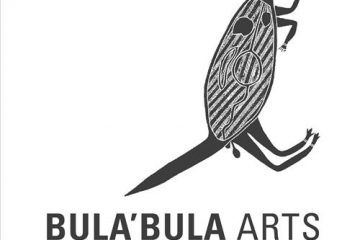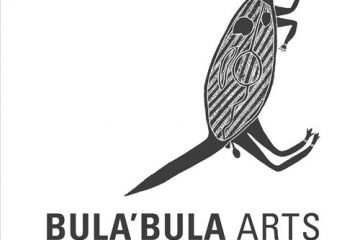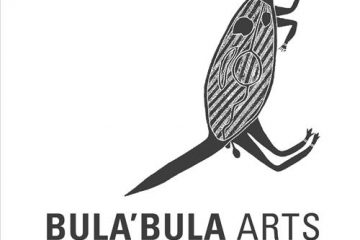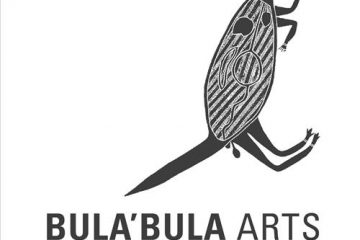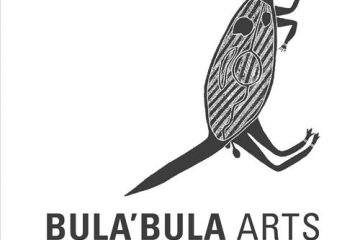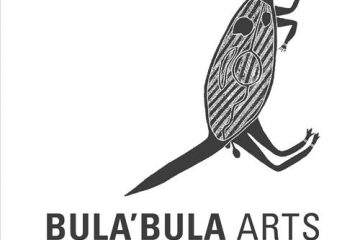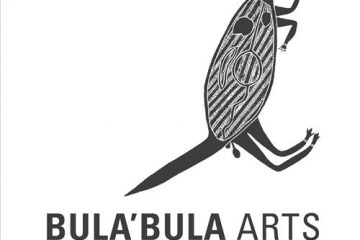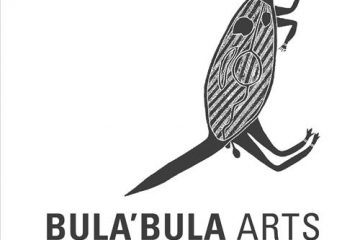Bula'bula Arts
115682347898
Woven Turtle Yolŋu weavers of Arnhem Land craft both utilitarian and ceremonial objects using naturally sourced materials, with more recent works also including decorative pieces, such as this woven turtle. The primary material used in this piece is the young, green leaves of the Pandanus spiralis tree, that were harvested Read more…
